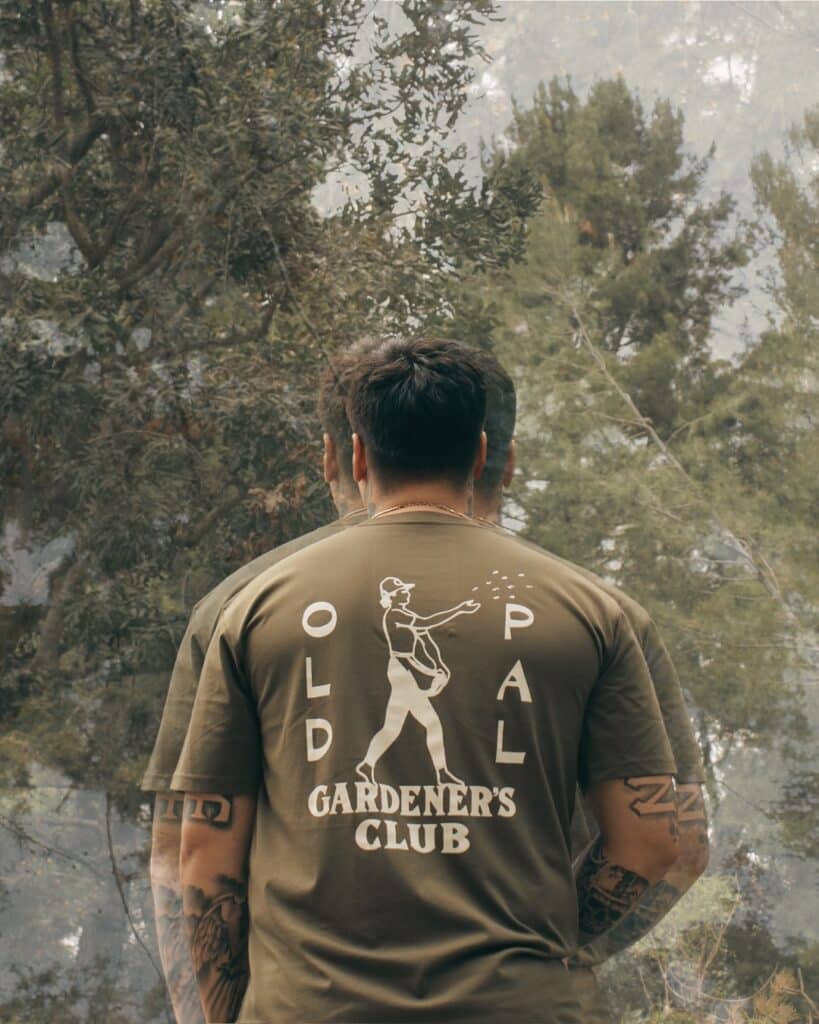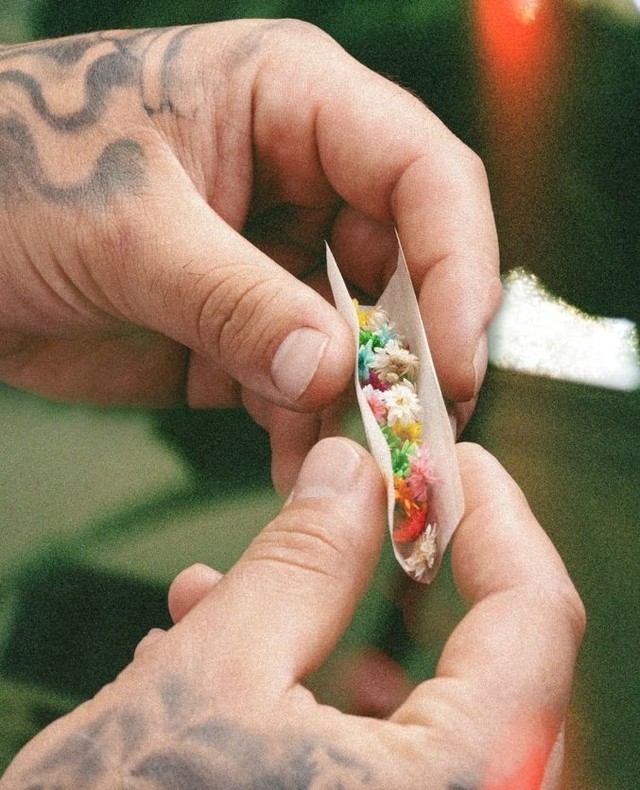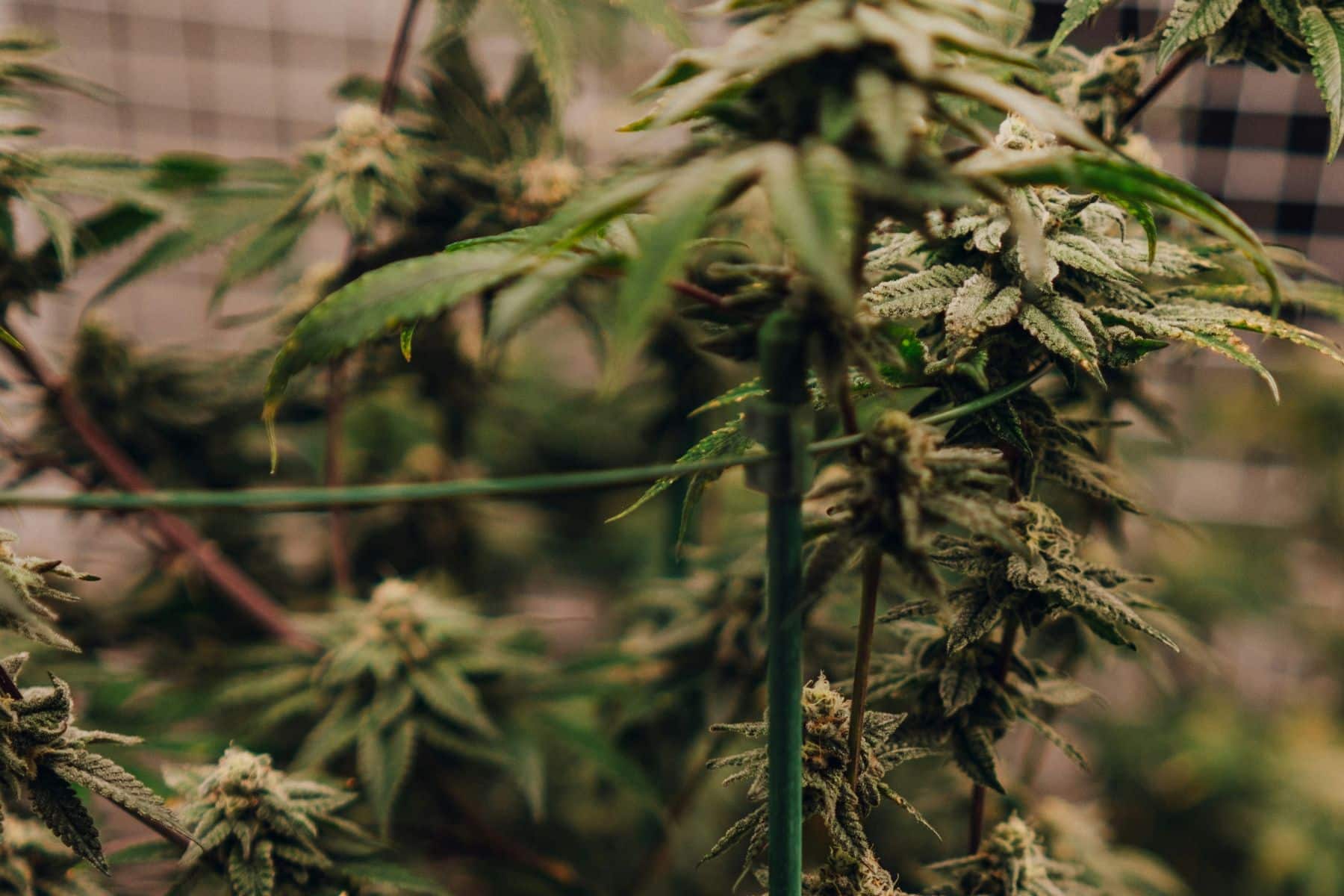Welcome to Old Pal University, where the syllabus is rolled tight, the lectures come with lighter in hand, and attendance is always optional but highly recommended. Course 101 is all about Plant Basics—the kind of knowledge that helps you appreciate your next smoke a little more, understand what’s in your jar, and maybe even win a few trivia points at the next sesh. No pop quizzes here, just a deeper look at the plant we all love. Let’s get into it.
Lesson 1: A Brief History of Cannabis
Cannabis is one of humanity’s oldest plant companions. Archeological evidence shows hemp fibers woven into cloth in ancient China as far back as 8000 BCE. In India, cannabis was revered in spiritual rituals, often associated with Shiva. In the Middle East, hashish made its mark centuries ago. And in the U.S., cannabis rode through jazz clubs, protest movements, and counterculture revolutions. Every generation has had its own relationship with the plant—whether medicinal, industrial, or recreational. Knowing the history is like meeting the ancestors of your favorite flower.
Lesson 2: Hemp vs. Cannabis
Hemp and cannabis are the same species, just bred and regulated differently. Legally, hemp in the U.S. is cannabis with less than 0.3% delta-9 THC. Traditionally, that meant hemp was grown for fiber, seed, or CBD-rich flower. Cannabis (“marijuana”) was bred for higher THC and the classic high.
But the story doesn’t stop there. Thanks to hemp legalization, we now see hemp-derived THC in gummies, edibles, and drinks—yes, the same cannabinoid that fuels a euphoric buzz, just sourced from hemp. That’s what makes modern hemp products so exciting: they blur the old lines and unlock a new wave of creativity. Hemp is no longer just rope, oil, and protein powder—it’s part of the fun too.


Lesson 3: Meet the Terpenes
Crack open a jar of cannabis and that first whiff tells you a lot. Sweet, citrusy, earthy, gassy—that’s terpenes talking. Terpenes are the aromatic oils found not only in cannabis but in fruits, herbs, and trees. Limonene gives you those lemon notes, pinene smells like a pine forest, myrcene delivers a musky, herbal vibe. Terpenes also interact with cannabinoids to influence your experience. A strain heavy in linalool may feel relaxing, while one rich in limonene might lift your mood. In other words, terpenes are the vibe-setters of cannabis.
Lesson 4: Cannabinoids Explained
If terpenes set the vibe, cannabinoids are the headline act. These chemical compounds bind with receptors in our bodies’ endocannabinoid system—a network that helps regulate mood, appetite, sleep, and pain. THC is the star, famous for its euphoric high. CBD, its mellower sibling, is non-intoxicating and often linked to relaxation or pain relief. But there are many others—CBN, CBG, THCV—each with unique effects that researchers are still exploring. Together, cannabinoids create the entourage effect, meaning they work better in combination than alone. That’s why whole flower is often more dynamic than isolated extracts.
Lesson 5: Extracts and Concentrates
Extracts and concentrates take cannabis to another level by isolating and amplifying cannabinoids and terpenes. Think of them as the espresso shots of the plant world—intense, flavorful, and potent.
There are different families here:
- Traditional extracts like hash and kief, made by physically collecting resin glands.
- Solvent-based concentrates (shatter, wax, distillate) that use solvents to pull out cannabinoids with high precision.
- Solventless creations like rosin, pressed from flower or hash using just heat and pressure.
- Live resin and live rosin, which preserve the plant’s fresh-frozen terpene profile, delivering those “just-harvested” flavors.
Each method changes the texture, potency, and taste. A dab of live rosin feels different from a puff of hash, even though both come from the same plant. That’s the magic of extraction—it’s like remixing cannabis into new formats.
Lesson 6: The Plant’s Anatomy
A cannabis plant is a beautifully complex system where each part plays a role. The buds, or flowers, are the prize, dense clusters made up of calyxes and coated in resinous trichomes. Those trichomes are the frosty crystals you see on good weed, and they’re where cannabinoids and terpenes are concentrated, giving the plant its potency and aroma.
Around the buds are sugar leaves, small leaflets often dusted with resin that are often used to make extracts or shaken for kief. Larger fan leaves, on the other hand, do the heavy lifting of photosynthesis but contain little to no THC, making them more useful for compost or creative projects than smoking. Beneath it all, the stalks and stems provide structure, while the roots pull in water and nutrients to keep the plant thriving. Together, these parts create the blueprint of cannabis.


Lesson 7: Growing Cycles and Seasons
Cannabis is an annual plant, which means it grows, flowers, and dies within a single season. Outdoors, it sprouts in spring, grows tall through summer, and flowers in late summer to fall as daylight shortens. Indoors, growers mimic these cycles with controlled lighting—18 hours of light for the vegetative stage, then 12 hours to trigger flowering. Seed to harvest usually takes about 3–5 months, depending on the strain. Growing is both science and art, requiring patience, precision, and a little love.
Lesson 8: Legality 101
Cannabis legality is a patchwork. In some states, it’s fully legal for both medical and recreational use. In others, only medical programs exist. And in a few, it’s still completely prohibited. Federally, cannabis remains a Schedule I substance, though hemp (under 0.3% THC) is legal nationwide. That means you could be totally within the law in one state and breaking it just by crossing a border. Understanding local regulations is crucial—not just for compliance, but to support ongoing efforts toward broader legalization and equity in the industry.
Lesson 9: Dosage Basics
How much cannabis is “the right amount”? The answer depends on your body, your tolerance, and your desired effect. A beginner might start with a puff or two of flower or 2–5 mg of THC in an edible. More experienced consumers may enjoy higher doses, but the golden rule is start low and go slow. Edibles, in particular, can take 30–90 minutes to kick in, so resist the urge to re-dose too quickly. Microdosing—a small, consistent amount—has also become popular for folks who want the benefits of cannabis without heavy intoxication.


Lesson 10: Seeds, Strains, and Varieties
No two cannabis plants are exactly alike. Every strain you see on a shelf—whether it’s a heavy indica, an uplifting sativa, or a balanced hybrid—starts with genetics. Cannabis can be grown from seed or from clones, with each choice shaping the plant’s outcome. Seeds carry the potential for variation, while clones are cuttings from a mother plant that guarantee the same traits.
Over decades, growers have selectively bred plants for specific flavors, aromas, and effects, creating the dizzying variety we enjoy today. That’s why one jar might smell like citrus and fuel, while another leans earthy and floral. Understanding that strains are really just expressions of a plant’s genetics helps explain why cannabis is so diverse—and why your favorite might be completely different from someone else’s.







